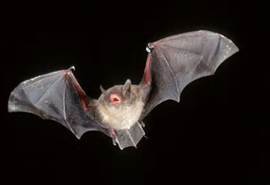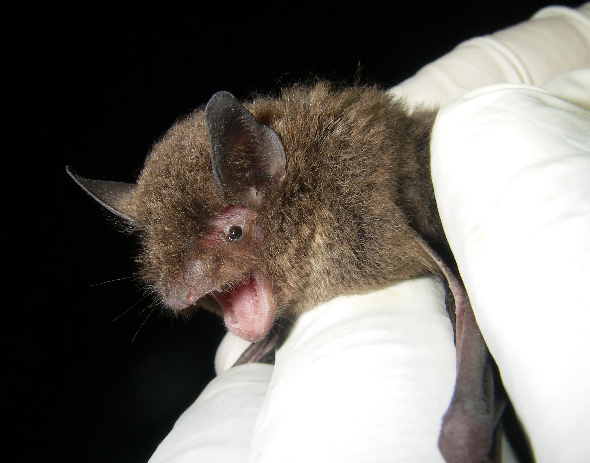Wildlife at Atterbury-Muscatatuck
Indiana Bats at Camp Atterbury
The only Federally Endangered Species found on Camp Atterbury is the Indiana bat, Myotis sodalis. Indiana bats were listed as endangered on March 11, 1967 by the USFWS. In 1983, a recovery plan was developed for this species; it called for the protection of hibernacula; maintenance, protection, and restoration of summer nursery habitat; winter surveying to monitor population trends; public education; and continuing research (USFWS, 1983).
Indiana bats are small bats weighing about the same as three pennies. In flight, it has a wingspan of 9 to 11 inches. They are covered in dark-brown to black fur. Indiana bats can be hard to distinguish from their cousins unless closely examined. Indiana bats feed entirely on night-flying insects, and can consume up to 3,000 insects per feeding.
Camp Atterbury falls within the summer range of Indiana bats and is believed to support a minimum of five maternity colonies, widely distributed across the installation. Typically, females locate their maternity colonies beneath the exfoliating bark of dead or dying trees in upland and riparian woodlands. The colonies may consist of more than 100 adult females, and in one season, the bats may use a number of different roost trees. Indiana bats leave their summer ranges beginning in August and move to regions containing caves or mines where they spend the winter in hibernation.
 |
|
 |
